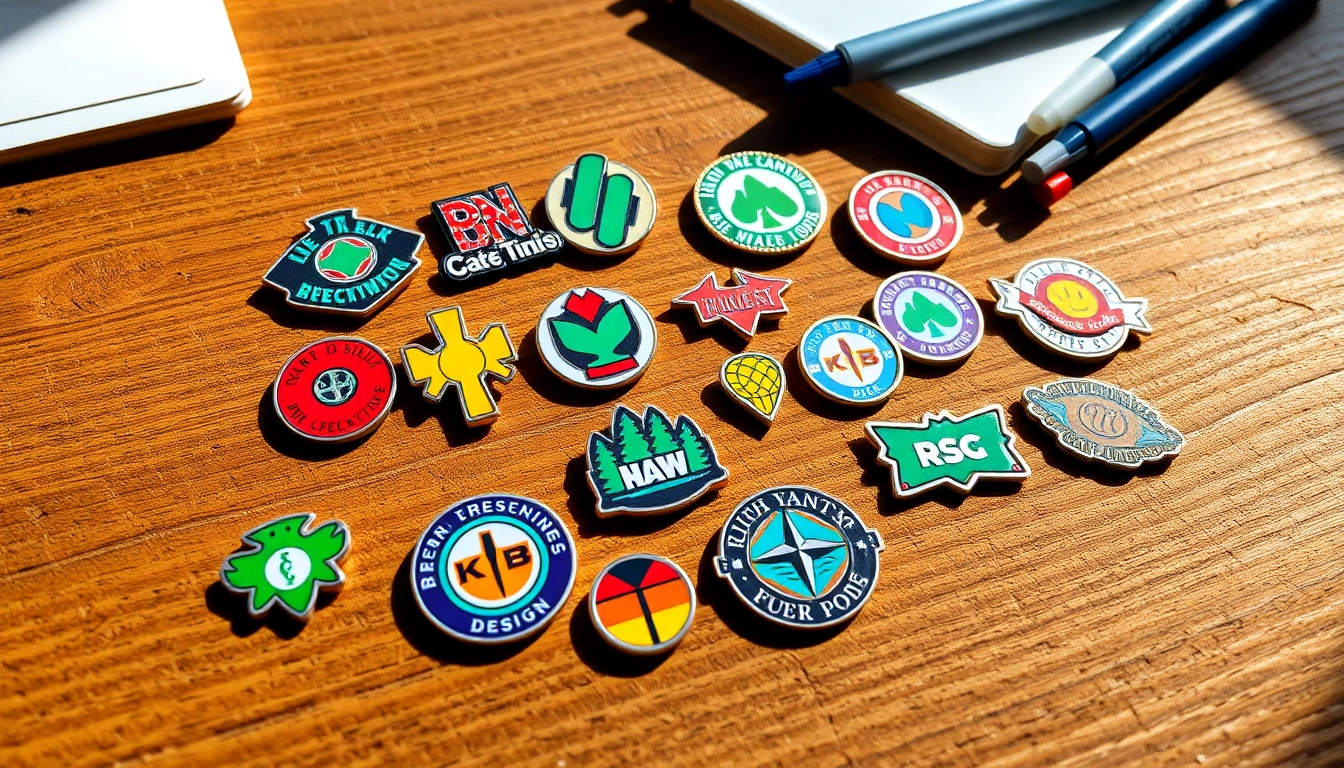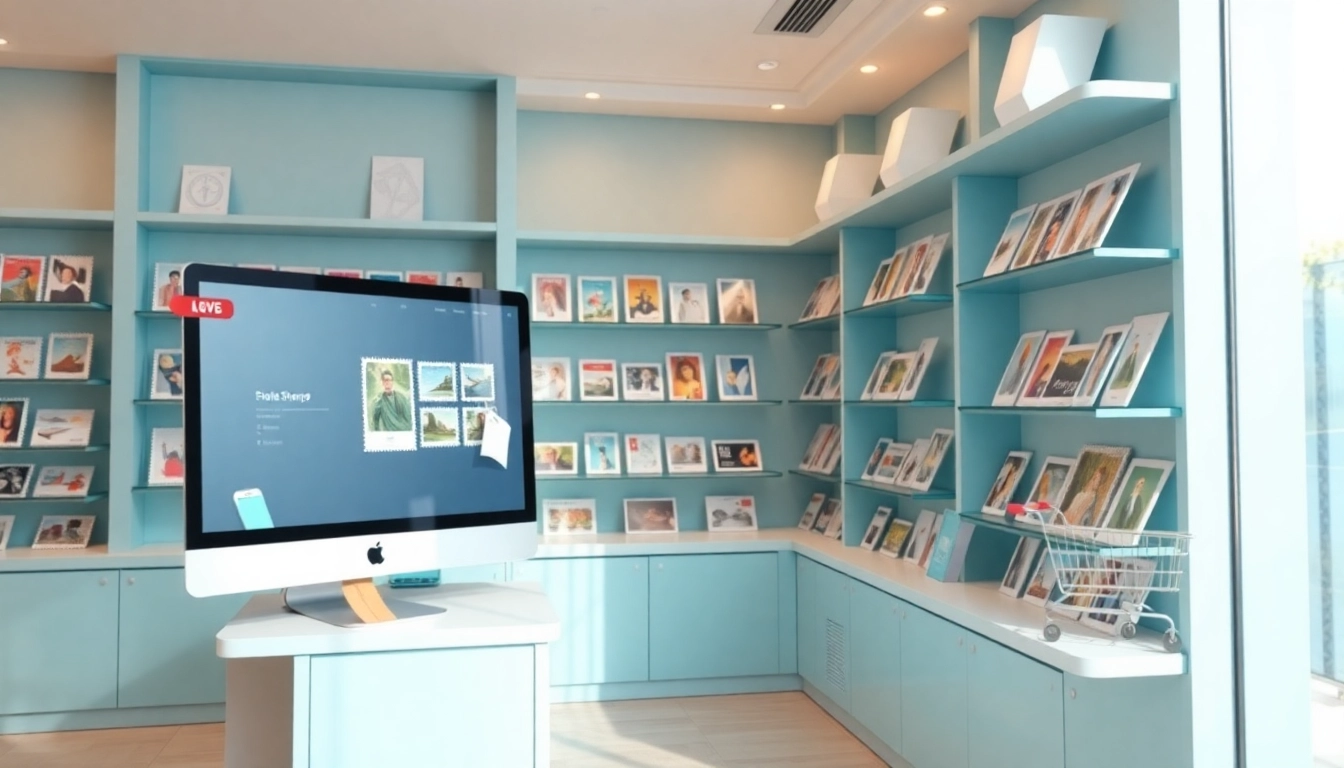Understanding Custom Pins: A Beginner’s Guide
What Are Custom Pins?
Custom pins are personalized accessories often used to promote brands, commemorate events, or showcase personal interests. Made from various materials like metal, enamel, or plastic, these pins serve both decorative and functional purposes. They can be affixed to clothing, bags, or hats, acting as conversation starters that reflect the wearer’s identity. The versatility of custom pins offers endless possibilities for both artistic expression and promotional endeavors.
Types of Custom Pins Available
There are multiple styles and types of custom pins available on the market, each with distinct features:
- Soft Enamel Pins: These pins have a raised surface with color filled recesses, offering a vibrant look.
- Hard Enamel Pins: Known for their polished and smooth finish, hard enamel pins are durable and provide a high-quality appearance.
- Die-Struck Pins: Made from metal and featuring etched designs, these pins are typically gold or silver plated for a classic look.
- Offset Printed Pins: Utilizing printing technology, these pins can showcase highly detailed graphics and photographs.
Applications of Custom Pins in Events
Custom pins play an integral role in various events and settings:
- Corporate Events: Companies often use custom pins for branding and employee recognition.
- Conventions: Attendees can showcase their interests or affiliation with organizations through pins.
- Fundraisers and Charities: Non-profits utilize custom pins to increase awareness and showcase their cause.
- Personal Celebrations: Birthdays, weddings, and anniversaries can be marked with personalized pins, adding a unique touch to the celebrations.
Designing Your Custom Pins: Key Considerations
Choosing the Right Material for Custom Pins
When designing custom pins, material selection is crucial as it determines the look, feel, and durability. Common materials include:
- Metal: Often used for hard enamel and die-struck pins, metal provides a premium feel.
- Soft Enamel: Offers a colorful aesthetic with a raised surface and is popular for vibrant designs.
- Acrylic: Ideal for budget-conscious projects, acrylic pins are lightweight and less costly.
- Recycled Materials: Eco-friendly options are becoming popular, appealing to environmentally-conscious consumers.
Color Selection and Graphics for Custom Pins
Color and graphic design are critical in making custom pins visually appealing. Considerations include:
- Brand Colors: Aligning the pin design with brand colors enhances recognition.
- Contrast: High contrast helps elements stand out, ensuring the design is eye-catching.
- Graphics: Simple and bold graphics are more effective than intricate designs, especially at small sizes.
Working with Designers for Custom Pins
Collaborating with a professional designer can elevate your custom pin project. A designer can help in:
- Providing Expertise: They bring knowledge of design principles that will enhance the overall aesthetics.
- Creating Mockups: Designers can produce visual representations, allowing for adjustments before final production.
- Understanding Production Limitations: Knowledge about various manufacturing methods will influence the design and feasibility.
Production Process of Custom Pins
Steps to Create Your Custom Pins
The production process for custom pins typically includes several stages:
- Design: This involves developing a unique concept and creating mock designs.
- Approval: Once designs are finalized, they require customer approval before production.
- Manufacturing: Pins are manufactured based on the approved design; this may involve die striking, enamel filling, or printing.
- Finishing: Pins undergo a finishing process that may include polishing or adding protective coatings.
- Packaging: Final products are then packaged for shipping.
Quality Control in Custom Pins Manufacturing
Quality control is essential to ensure that the final product meets the expected standards:
- Material Inspections: Checking materials for defects before production begins.
- Dimensional Accuracy: Verify that the pins match the specified dimensions and tolerances.
- Design Consistency: Each batch of pins should accurately reflect the approved design without variations.
Production Timelines for Custom Pins
Understanding production timelines can aid in planning events effectively:
- Design Phase: This typically takes 1-2 weeks depending on revisions.
- Production Time: Manufacturing custom pins may range from 2 to 4 weeks based on order quantity and complexity.
- Shipping: Allow additional time for shipping, which can vary based on location and service selected.
Marketing Your Custom Pins Effectively
Strategies for Showcasing Custom Pins
Effective marketing strategies can enhance the visibility of custom pins. Consider the following approaches:
- Photography: High-quality images displaying details and vibrant colors can attract potential buyers.
- Storytelling: Create narratives around the pins, detailing their significance or inspiration, connecting emotionally with audiences.
- Packaging: Unique packaging can enhance the user experience and make the pins stand out.
Utilizing Social Media to Promote Custom Pins
Social media platforms provide an excellent channel for promoting custom pins. Strategies include:
- Engaging Content: Posts should be aesthetically pleasing and engaging, potentially incorporating polls or contests.
- Influencer Partnerships: Collaborate with influencers in relevant niches to create buzz and reach wider audiences.
- Hashtags: Use relevant hashtags to increase discoverability and attract enthusiasts.
Engaging Customers with Custom Pins
Customer engagement strategies can lead to increased interest in custom pins:
- Surveys and Feedback: Implement tools to collect customer preferences and experiences with custom pins.
- Loyalty Programs: Reward frequent customers with discounts or exclusive designs, fostering loyalty.
- Community Building: Encourage users to share how they use custom pins, creating a sense of community and interaction.
Evaluating the Success of Your Custom Pins
Metrics to Track for Custom Pins
Tracking specific metrics can provide insights into the success of your custom pin initiatives:
- Sales Metrics: Analyze sales figures to determine the most popular designs and price points.
- Social Engagement: Monitor likes, shares, and comments on social media posts related to custom pins.
- Feedback Ratings: Use customer feedback scores to understand the perception of quality and design.
Feedback Collection for Custom Pins
Gathering feedback is essential for improvement:
- Customer Reviews: Encourage reviews post-purchase to gain insights into the customer experience.
- Follow-Up Emails: Send follow-up emails thanking customers and requesting their input on the product and experience.
- Surveys: Consider periodic surveys to capture broader feedback and suggestions for future designs.
Adapting Designs Based on Sales Data for Custom Pins
Using sales data to inform design decisions can maximize the effectiveness of future production:
- Trend Analysis: Identify trends in customer preferences to guide new designs or modify existing ones.
- Limited Editions: Use successful designs as templates for limited edition releases, creating urgency and excitement.
- Continuous Improvement: Implement an iterative design process where designs are regularly evaluated and updated based on customer input and sales performance.


